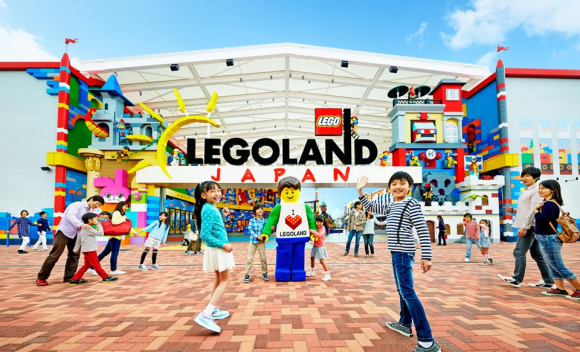
If you want to visit the Nagoya amusement park on a Tuesday or Wednesday, you’d better go soon.
It’s been a rough couple of months for Legoland Japan. While hopes were high at the time of the Nagoya park’s grand opening back in April, visitors haven’t been flocking to the facility in anywhere near the numbers many had envisioned.
The general reaction from those who have made the trip to Legoland Japan (including us) is that what’s there is nice, but with ticket prices roughly comparable to those for the much larger and more prestigious Tokyo Disneyland and Universal Studios Japan, Legoland is a tough sell. Legoland only met 30 percent of its revenue goals for April, and things were still pretty bleak in May, when it pulled in just 60 percent of what management had expected.
The park was initially open every day of the week, but in June the decision was made to close the facility on Tuesdays and Wednesdays, with the official reason being to allow time for maintenance crews to do their work and to give service staff some time off. The maintenance explanation, in particular, seems suspect, seeing as how the park had only been open for two months, and with fewer guests coming through the gates than originally estimated, the attractions should ostensibly be showing less wear and tear than initially projected.
With Japanese schools going on summer vacation right about now, as of this week Legoland Japan is back to being a seven-days-a-week park. However, that status will only last until the end of August. In September, the park will once again be closed on Tuesdays and Wednesdays.
The park is back to seven days a week in October, before once again being closed on Tuesdays and Wednesdays from the start of November through the week of December 18.
Aside from the employees of Legoland Japan itself, the park’s struggles are also having a negative effect on other local businesses. The Maker’s Pier shopping center was opened across the street from Legoland almost simultaneously with the park, and many of its 53 tenants were banking on Legoland visitors stopping buy to shop and dine after a day among the plastic blocks.
Over-enthusiastic investment during Japan’s Bubble Economy of the 1980s led to the construction of a number of poorly planned regional amusement parks, many of which now eventually went out of business. Most of these were located in rural areas, though, and had neither the huge nearby population centers nor the brand-recognition that Legoland Japan enjoys. Hopefully the park can parlay those assets, as well as some restructuring of its pricing, into a sustainable business plan, for both its own sake and that of everyone else who’s counting on its success.
Related: Legoland Japan
Source: Yahoo! Japan/Asahi Shimbun Digital
Images: Legoland Japan